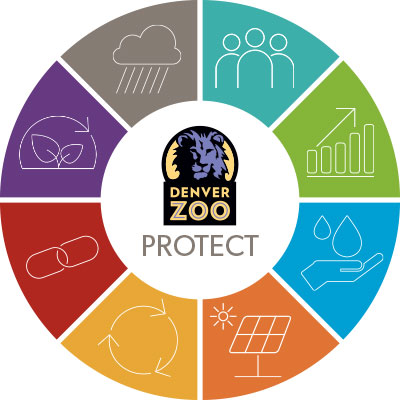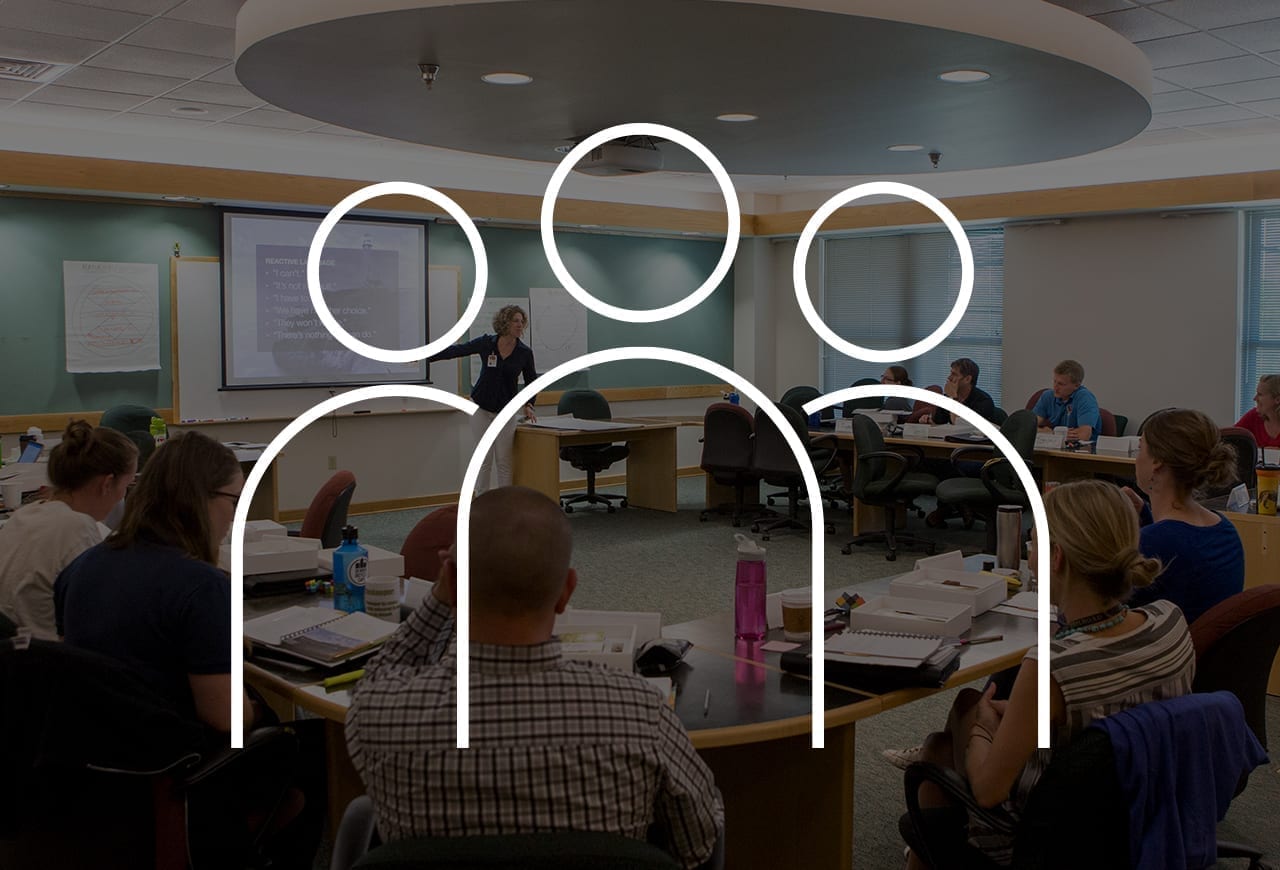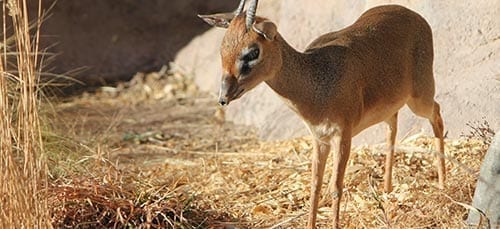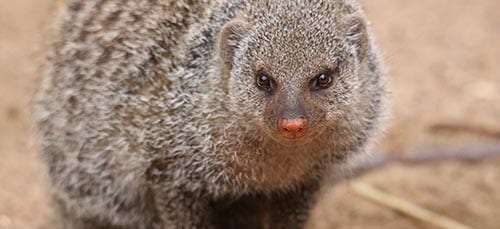- Denver Zoo’s sustainability programs support actions to mitigate the impact of climate change and other sustainability issues in an effort to protect wild animals and wild places.
- Denver Zoo is working towards establishing targets for our eight priority objective areas.
- For example, Denver Zoo has set a target for our waste objective to be a Zero Waste Campus by 2025.




